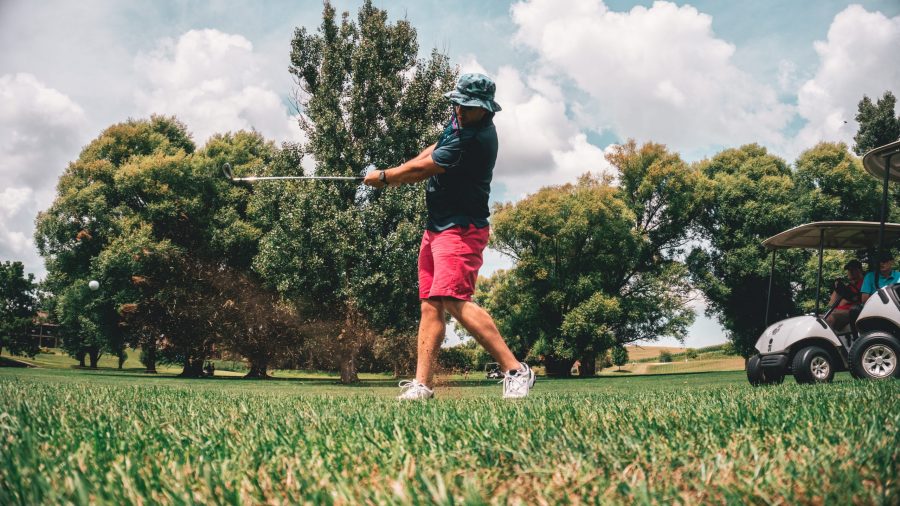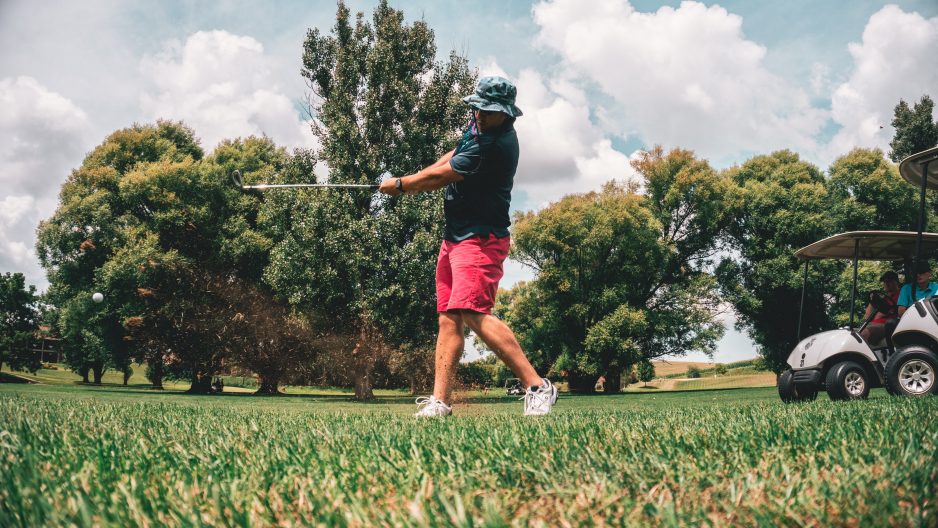Share this!

By: Brian Neufeld, GolfTourney.com Contributor
Golf underwent a slew of rule changes to begin the 2019 season. Most of these changes were met with a sigh of relief, lowering the burden on individual golfers to understand extremely nuanced rules. The majority of these rule changes were self-explanatory, simplifying some of the more debated rules in years past. If you’re unfamiliar with the rule changes, check out our previous post highlighting some of the more widely used rules here. One rule that many golfers are still confused about is the double hit rule change. In this post, we’ll take a deeper look at what this rule change entails and how it impacts you.
The Old Double Hit Rule
Golf’s old double hit rule, Rule 19, stated that if you hit your ball twice with one stroke you counted the extra impact as a stroke and incurred a one-shot penalty. The literature in this rule accounted for an impossible number of scenarios and made enforcement an arduous task for any rules official or player. The most famous example of this rule being implemented was in the 1985 U.S. Open. T.C. Chen entered the final round leading by four strokes but scored a quadruple bogey on the fifth hole, including a double hit, on his way to losing the tournament by one stroke.
The New Double Hit Rule
Rule 11 now encompasses all things related to double hits and balls being deflected while in motion. While the rule still includes a number of scenarios and nuance, it is much easier for golfers and officials to make a proper ruling. The key word in the new rule is “accidentally”. If you accidentally strike your ball twice in a single stroke, you do not count the second hit and no penalty is incurred, but you must play the ball where it lies. This is true anywhere on course, from tee to green. Before you start planning to chase your putts to the hole and deflecting them in, remember the word “accidentally”. Deliberately deflecting or stopping your ball while it is in motion is a two-stroke penalty or automatic loss of hole in match play.
With the old rule, players had to distinguish what the ball hit and determine if any penalty would be assessed. With the change, a ball deflected by a double hit is the same as your ball hitting another player’s ball or any other object that could be in the way with the only potential penalty being play it where it lies. This rule doesn’t change the penalty for hitting another player’s ball with a ball you have putted, so continue to have your opponents mark their balls before you line up a putt. The next time you have a double hit or strike a foreign object in the distance, don’t worry about your score and just hope for a lucky bounce.
About the Author: Brian Neufeld
Brian Neufeld’s background includes more than 15 years of experience in golf course management, specializing in agronomy. Brian uses his knowledge of the game and best practices in turf sustention to create informative pieces for GolfTourney.com’s readers.
Share this!


